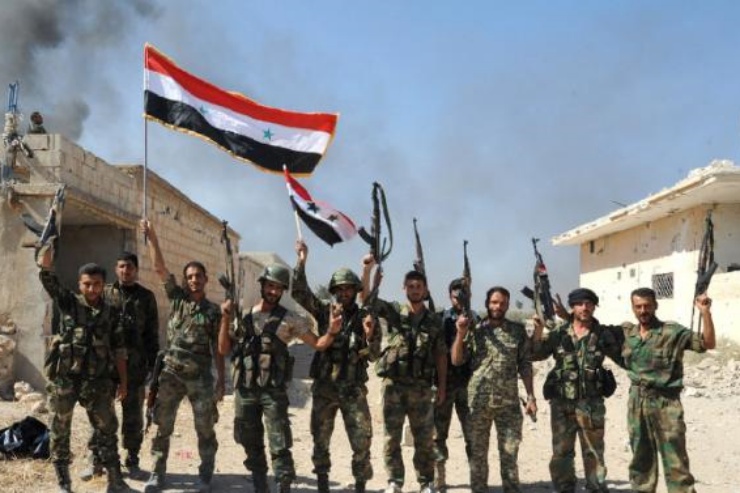
Nearly half a million dead and some 12 million displaced, not counting the massive destruction of infrastructure, housing and artistic heritage, are the legacy of seven years of war in Syria. It is still difficult to understand how this conflict has swallowed up a country that was a model of coexistence and the cradle of great religions. Today it lies beneath the hatred and noise that warring factions fail to turn into dialogue.
Tagged very early on by the media as a “civil war” and included in the context of the so-called “Arab Spring”, what has happened in Syria is something “more complex”, explains to RTVE. es Pablo Sapag, a Spanish journalist and writer of Syrian origin. In his book Syria in perspective, this university professor criticizes these “simplistic” labels and opts for the adjective “new war”, more “academic and nuanced”. A conflict that Sapag describes as a “perfect storm,”the result of an accumulation of simultaneous external and internal circumstances, which the spark of “Arab springtime” caused to “explode,”he explains.
A perfect storm
It was 2011. Five years of drought had precipitated a “mass exodus” of peasants to Syrian cities. This impoverished mass sinks, crammed into suburbs of cities whose bonanza is inaccessible. Corruption monopolizes opportunities for prosperity and discontent underpins social rejection of institutionalism and governance,”overly dependent on security apparatuses and their methods, questioned both inside and outside Syria,”says Sapag.
Protests are starring in the protests “movements that act motivated by legitimate demands in the economic, social, political, human rights, etc., but do not have the capacity to offer an alternative,”explains Sapag.
Finally,”that place ends up being used by Islamists,”he adds, who do articulate a consistent option of government. But they do so “favoured by external powers, which take advantage of this movement to advance their regional agendas,”he concludes.
This climate of tension, coupled with the revolts in Tunisia, Egypt and Libya, facilitated what the author calls the “third armed Islamist uprising” in the country in the last 50 years. This event constitutes a circumstance of its own, previous, very particular to the Syrian reality. It also highlights the subsequent warlike conflict of the “Arab springtime” and makes it, according to the author of this work, a singular phenomenon.
Religion as a social catalyst
The key to the origin of this war “is confessionality,”says the professor. “In Syria, society has developed multi-confessional behaviour over the centuries: Muslims celebrate Christmas and Christians celebrate certain Muslim feasts (…) There are prayers and places of worship that are shared, starting with the Umayyad mosque, which is not just a Muslim temple,” he says.